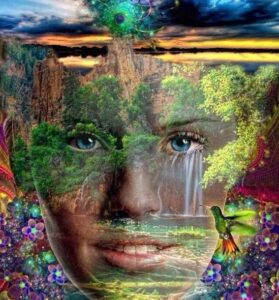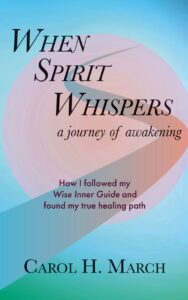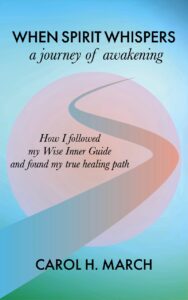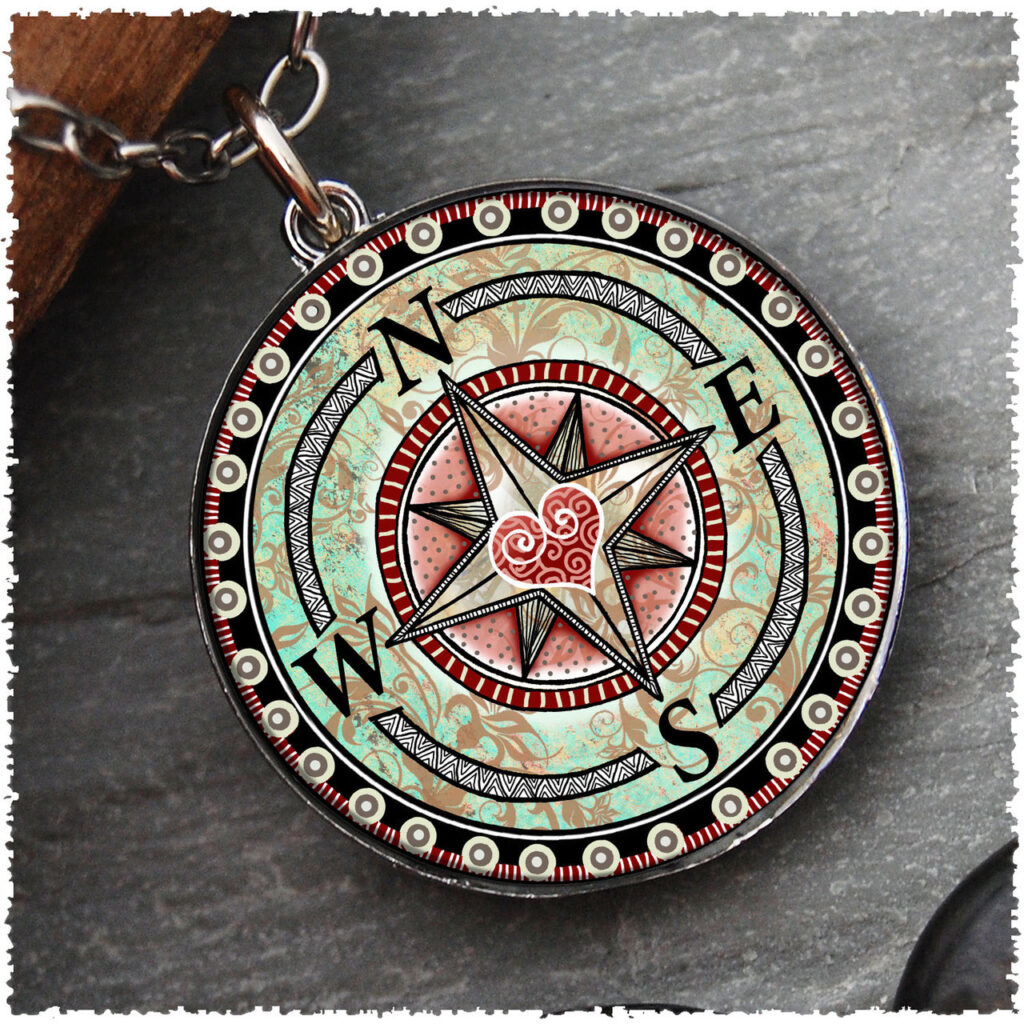
When I attended a school in California to learn to meditate, a seven-week experiment turned into a three-year program of transformation. The teachers used no books or written material. All instruction was verbal, in the tradition of the great mystery schools of ancient times.
Similar to Gnosticism in its approach, at that unconventinal school we learned to understand and work with our energy systems. They taught us to find and release ideas, beliefs, experiences, and patterns that hindered us from being a clear channel for our own highest information. In other words, we learned how to invite direct perception of our own higher/deeper aspects that are connected to Source.
Over and over, we were reminded to “stay in present time” which was both a concept and a grounding technique.
This is a tall order. Although I learned how to accomplish it in my sacred meditation and reading spaces, ordinary life was more challenging.
Accepting what comes with an open heart is a key to healing. Only through accepting and noticing both positive and negative events can I learn what hidden beliefs and karmic conditions influence me through what psychology calls the “shadow” identity.
For me, the first step was to stop resisting. Another tall order, especially with losses and health issues. The second step could not happen until I accepted the actual conditions of my life and found the reason my biofield had attracted them. Then, change and healing became possible.
For some of us–stubborn, opinionated, and slow to learn–these steps are taken again and again.
Mindset matters. Looking for the lesson, the pearl, the elusive needle hidden in the chaff, is a habit of thought that develops over time. With practice.
Although “awakening” to Source was not where I started, it has become my lifelong journey. The lessons continue to come, showing me deeper levels of my experience than I ever dreamed of accessing.
All creative work, all soul work, creates resistance. I don’t know why; it seems a function of how our mental minds work. I learned to deal with it first in my writing, and those lessons have served me well. As long as I remember to stay humble. As one of my teachers said long ago, “We’re all bozos on this bus.”
Humor matters. So does compassion. We know about compassion for others. We strive to express it without erasing the boundaries that keep us safe. And some of us have to learn compassion for ourselves. A worthy goal.
Today I was inspired by the words of the Dalai Lama in his Bodhisattva Prayer for Humanity.
“May I be a guard for those who need protection
A guide for those on the path
A boat, a raft, a bridge for those who wish to cross the flood
May I be a lamp in the darkness
A resting place for the weary
A healing medicine for all who are sick
A vase of plenty, a tree of miracles
And for the boundless multitudes of living beings
May I bring sustenance and awakening
Enduring like the earth and sky
Until all beings are freed from sorrow
And all are awakened.”


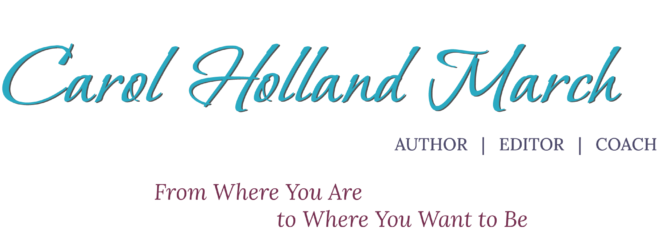




 Do you have a story to tell?
Do you have a story to tell? 

 It’s right there. Behind that tree. In the shadow of the curtain in the room where you sleep. In your dreams, glowing with golden light.
It’s right there. Behind that tree. In the shadow of the curtain in the room where you sleep. In your dreams, glowing with golden light. 